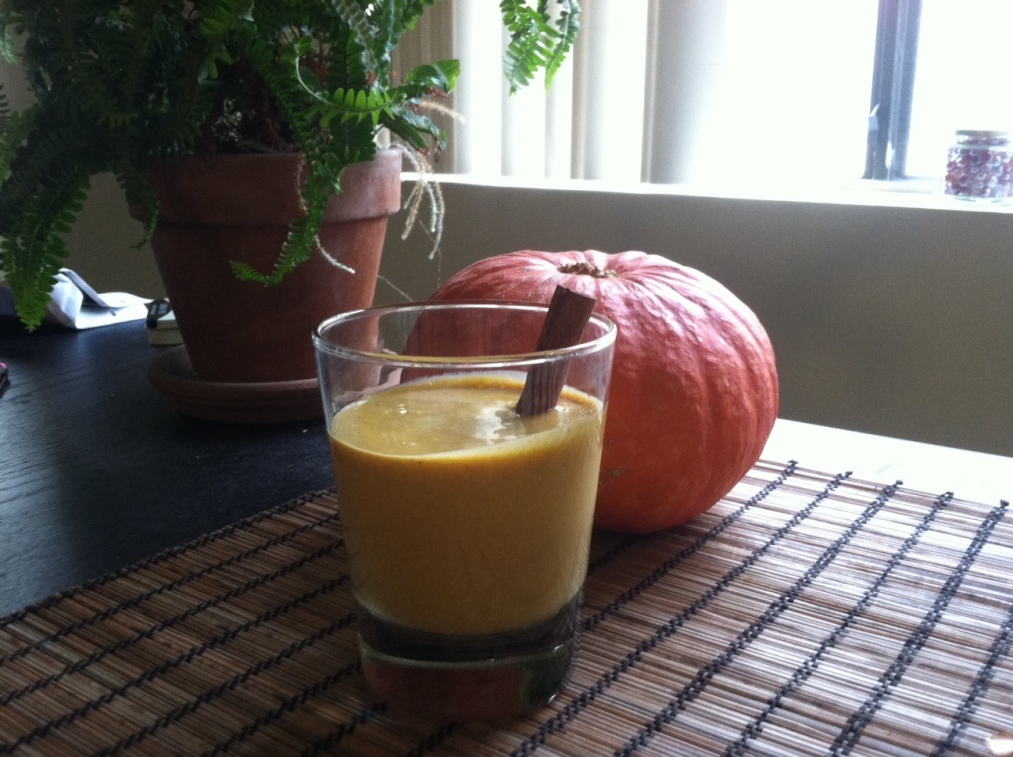This was a big year in running for me—I set new PR’s at every distance I raced, finally ran a marathon, and then ran another one. The thing that I am most proud of, though, was learning how to really work hard at my training. I’ve never been one to skip workouts, but this year I tried to bring focus and purpose to every run. The hard days were really hard, and easy runs became opportunities to work on form and efficiency, rather than just zone-out sessions. More than anything else, though, I learned that the voice in my head telling me I was too tired and I couldn’t do it was usually just that—my head being tired. I’m still working on it, but I got much, much better at ignoring that voice, pulling up my big girl tights, and pushing through.
I’m now dealing with the other side of that coin, however, which was misreading the signs that I was overdoing it on the bike. Although I felt some discomfort, the pain never felt remotely like what I recognized as an injury—I just thought I was putting in some tough workouts. As runners, we rely on our ability to listen to our bodies and differentiate between the discomfort of a hard workout and the pain that indicates an impending injury. My mistake was assuming that my ability to discern that line extended to a new sport in which I had little experience. The fact that cycling (and swimming, too) is not weight-bearing means that the threshold for and severity of discomfort are entirely different, and I failed to calibrate for that.
For the past two weeks I’ve been slowly returning to something that resembles an actual training schedule, albeit without the running. In contrast to my usual approach, I’m going mostly by feel and making it up a week at a time. I’m realizing that switching from running to tackling the other triathlon disciplines is a bit like driving in the snow. I know exactly how the car handles under normal conditions, and while that’s useful information, I still need to go easy on the gas pedal and leave lots of extra braking distance. My general zeal for new athletic endeavors combined with marathon-level endurance have proved to be a dangerous combination, so I’m trying to recalibrate a bit. To that end, I’m mixing up my workouts so that I’m not doing the same activity on consecutive days, and still incorporating lots of strength training. For biking since the injury, my approach so far has been to stop before I feel like I’ve really had enough. I seem to be finding my groove with the swim workouts—I actually got (temporarily) thrown out of the slow lane by the lifeguard and upgraded to the medium lane last weekend. My classes start next week, so I’m expecting that will lend a bit more structure to my pool workouts as well. This is how week 1 of Operation: Recovery has looked:
Tuesday
30 Minute Swim:
Warmup
4 x 25m
Drill:
4 x 25m Catchup
4 x 25m Kick
4 x 25m Fist
Cooldown
Easy 25m resting as needed for remainder of 30 minutes
Wednesday
AM: Strength training – Jillian Michaels’ No More Trouble Zones
PM: 30 min moderate biking
Thursday
35 Minute Swim:
Warmup
4 x 25m
Ladder
25m, 2 X 50m, 2 X 75m, 2 X 50m, 25m
Cooldown
Easy 25m resting as needed for remainder of 35 minutes
Friday
AM: 45 min moderate biking
PM: 15 min strength training – Nike’s Strength for Runners
Saturday
45 min swim:
Warmup
4 x 25m
Drill
2 x 25m Right Arm
2 x 25m Left Arm
2 x 25m Kick
2 x 25m Scull
Endurance
2 x 50m
Cooldown
Easy 25m resting as needed for remainder of 45 minutes.
Sunday
AM: Strength training – Jillian Michaels’ No More Trouble Spots
PM:1 hour moderate biking


